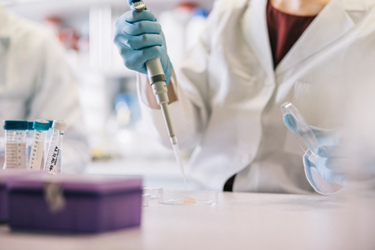CHO Cell Lines For Recombinant Protein Production

CHO (Chinese Hamster Ovary) cell lines have become the cornerstone of biomanufacturing, offering an exceptional balance of biological functionality and scalability for the production of therapeutic proteins. Their ability to perform human-like post-translational modifications — particularly N-linked glycosylation — makes them ideal for generating biologics with clinically relevant efficacy and safety profiles.
Representing nearly 90% of approved biologic production systems, CHO cells are valued for their adaptability to serum-free, chemically defined, and suspension cultures, which support high-density bioreactor cultivation. With optimized fed-batch processes, these systems can routinely achieve titers of 3–5 g/L or more, enabling cost-effective, industrial-scale production.
As therapeutic modalities grow more complex, ongoing innovations in CHO cell line engineering — including glycoengineering — are essential to keep pace with evolving regulatory, clinical, and market demands. In this article, we explore how next-generation strategies in CHO cell development are shaping the future of biologics manufacturing.
Get unlimited access to:
Enter your credentials below to log in. Not yet a member of Bioprocess Online? Subscribe today.
